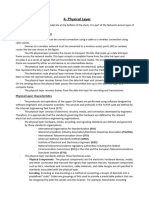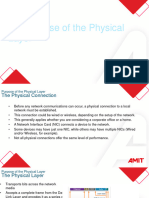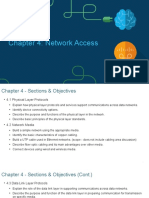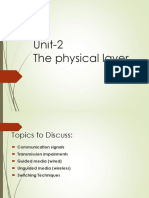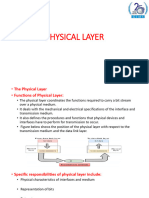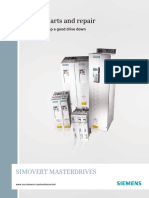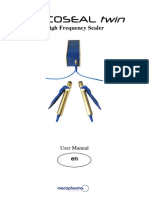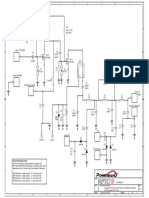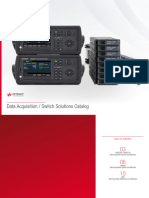0% found this document useful (0 votes)
8 views28 pagesModule 2 Physical Layer
The document covers the Physical Layer of networking, detailing the establishment of physical connections, the role of Network Interface Cards (NICs), and the characteristics of physical components including encoding and signaling. It also discusses bandwidth, its measurement, and the properties of UTP cabling, including standards and types of cables. Additionally, it addresses signal impairment, data rate limits, and multiplexing techniques such as frequency-division and time-division multiplexing.
Uploaded by
momo AdamCopyright
© © All Rights Reserved
We take content rights seriously. If you suspect this is your content, claim it here.
Available Formats
Download as PDF, TXT or read online on Scribd
0% found this document useful (0 votes)
8 views28 pagesModule 2 Physical Layer
The document covers the Physical Layer of networking, detailing the establishment of physical connections, the role of Network Interface Cards (NICs), and the characteristics of physical components including encoding and signaling. It also discusses bandwidth, its measurement, and the properties of UTP cabling, including standards and types of cables. Additionally, it addresses signal impairment, data rate limits, and multiplexing techniques such as frequency-division and time-division multiplexing.
Uploaded by
momo AdamCopyright
© © All Rights Reserved
We take content rights seriously. If you suspect this is your content, claim it here.
Available Formats
Download as PDF, TXT or read online on Scribd
/ 28
